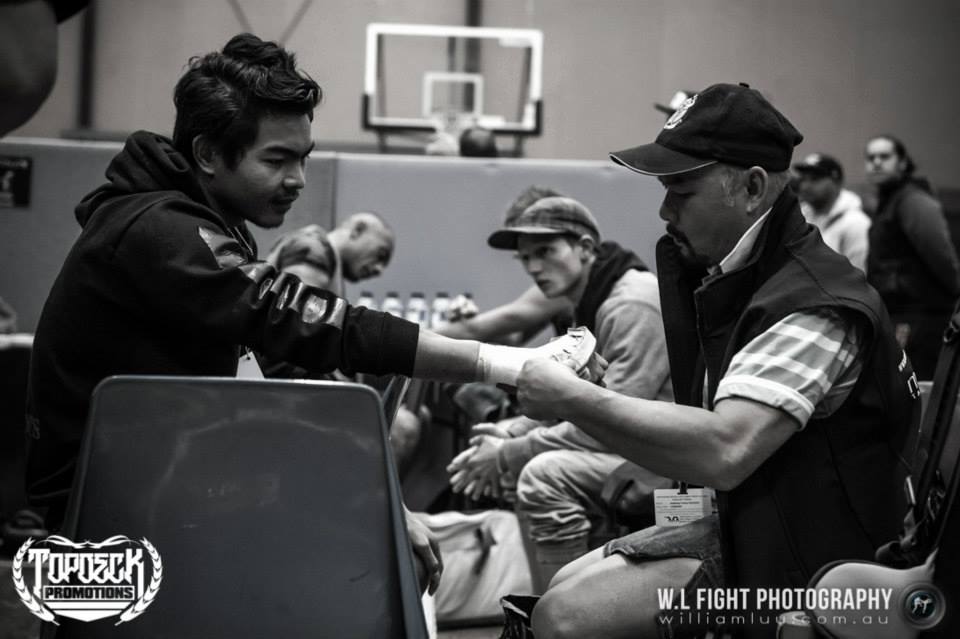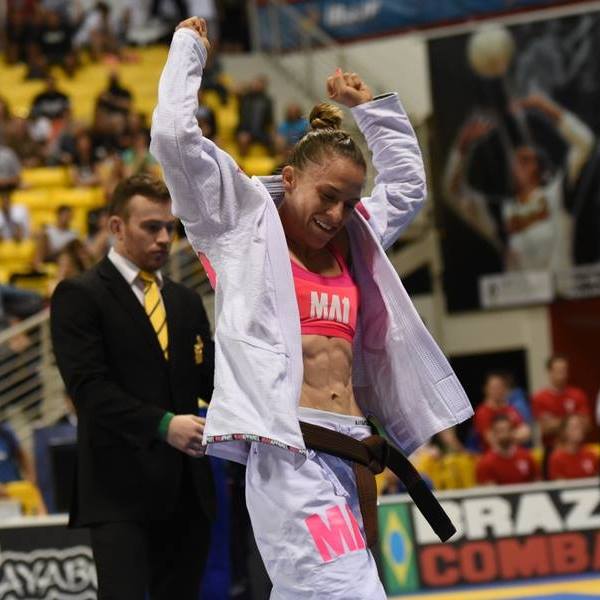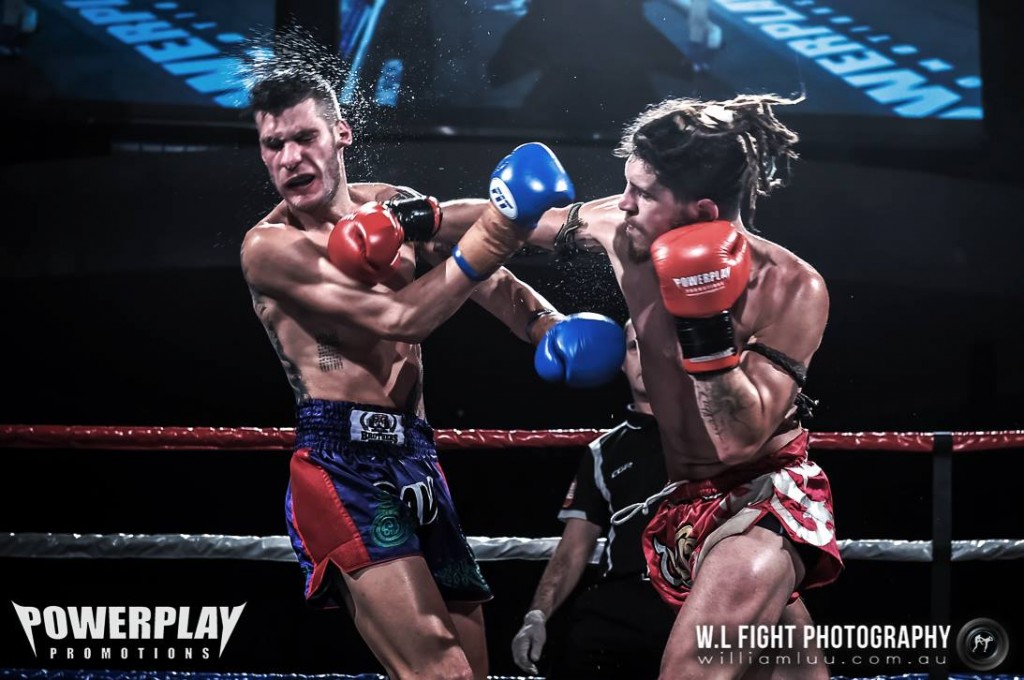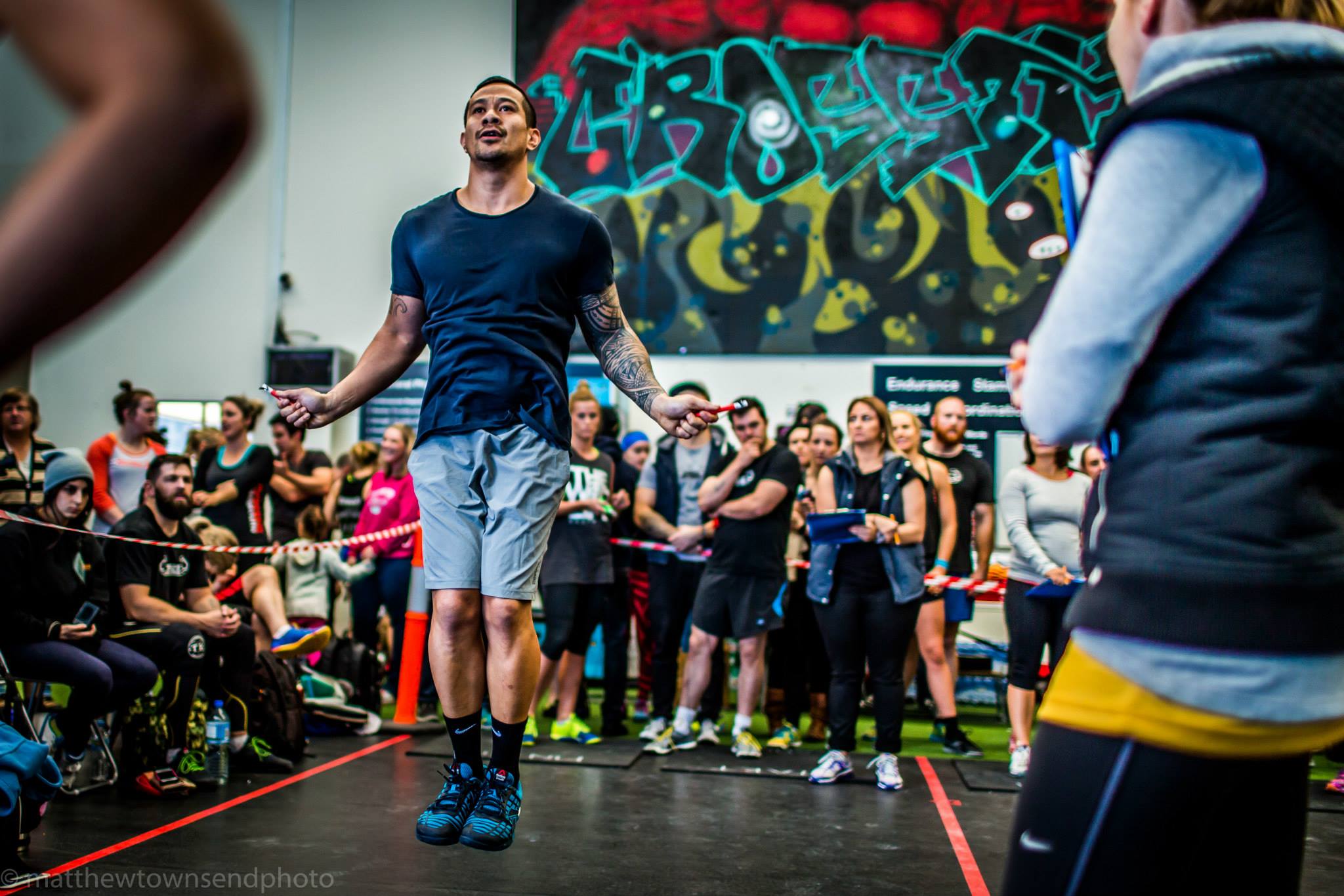Training on your own is part of the sport some times, so here are 5 drills I like to do as part of my training to be more efficient with time.
1. Shadow boxing. This seems like an obvious one but it’s a great chance warm up and work your technique without impact on your body. I also use visualization in my shadow boxing, instead of randomly throwing shots I visualize an opponent sparring in front of me and work my defenses, attacks and footwork.
2. Tabatha bag work. Tabatha is awesome for fitness! Find a long bag and start with 20 seconds of technique combinations at lower intensity and then 20 seconds of high intensity with hard and fast combinations. Do 8 rounds of this then have a minute rest.
3. Clinch work on bag. Lock on to a heavy short bag, pull and push the bag like you are in the clinch driving knees in at different angles. Practice your pop back straight knees and continuous knees, it’s also a good way to practice hard elbows.
4. Plyometric work is great for developing explosiveness in your Muaythai. My favourite plyometric drills are box jumps including one legged box jumps. Gradually build up the height on the box jumps ensuring that both feet are landing cleanly so you can stabilize on top of the box.
5. Ladder drills help with speedy footwork and agility. There are heaps of different drills to try the aim is to be as quick and light on your feet as you can. I usually start the drill at half speed and build up the speed as I get more comfortable.
I try to keep drills simple but also challenging, since it they are ‘solo’ drills it’s best to choose ones you enjoy as you get what you put into the drill.
Claire Foreman
#iamabsolutemma







